Market Trends
Key Emerging Trends in the Wine Market
One significant tendency affecting the wine industry is the increasing popularity of natural and organic wines. Customers are looking for wines that mesh with their need to drink everyday totally synthetic-free options and this demand affects both grape varietal development in the growing process as well as winemaking techniques. Many consumers are in search of lighter alternatives due to the growing knowledge about health risks associated with alcohol drinking. This tendency is particularly noticeable among younger populations and wellness-conscious consumers that prioritize balance when making judgments about their way of life. Single-serve packaging, a la jars and smaller containers, is becoming more and more popular due to convenience, adaptability, and less waste. Sustainable packaging materials, such as glass that is lightweight and ecologically friendly alternatives to conventional wine closures, are also becoming increasingly common as consumers look for environmentally conscious wine purchases. The idea of wine as an experience is transforming the market focusing on wine, travel industry and virtual tasting. Vineyards are more and more concentrated on delivering interacting processes with an end consumer, they allow clients to observe vineyard operations, taste wines made here or even learn how wine is traditionally cooked. By introducing virtual tastings, wine experiences beyond conventional visits to a winery became more diverse than ever because purchasers could interact with the brewer and engage an audience without leaving their house. Due to the global concept of the wine market, unique and varied varietals from less well-known wine-producing regions are being highlighted. The wine industry is also witnessing an increase in sales of moderate and consistent winemaking practices. Buyers prefer wines produced with minimal intervention, meaning fewer additives and less processing. This trend is closely linked to the larger shift in consumer preferences towards natural and regular products; consumers value openness about winemakers and a focus on showcasing the unique characteristics of the terroir and grapes.


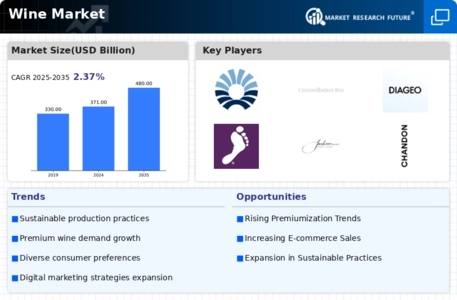
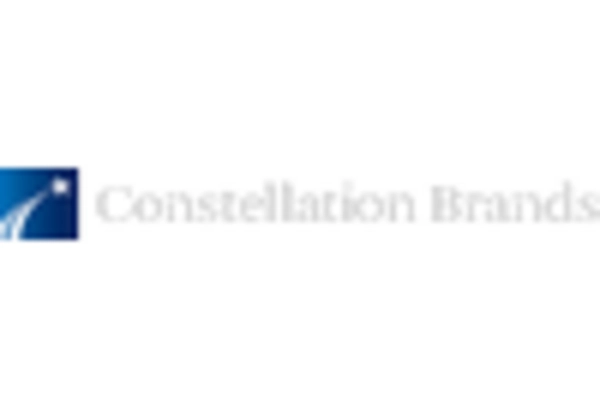
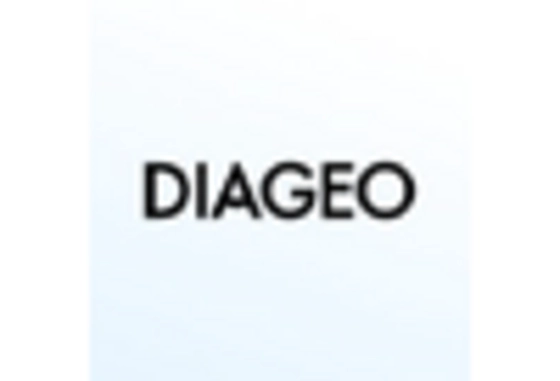
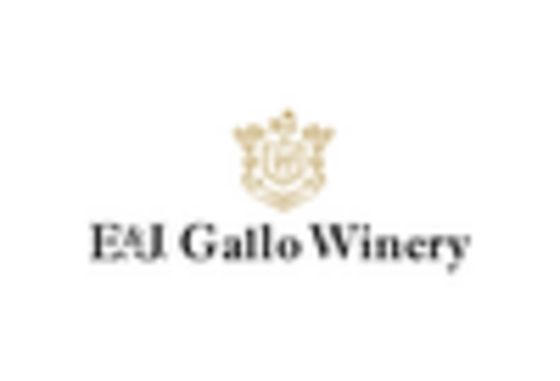
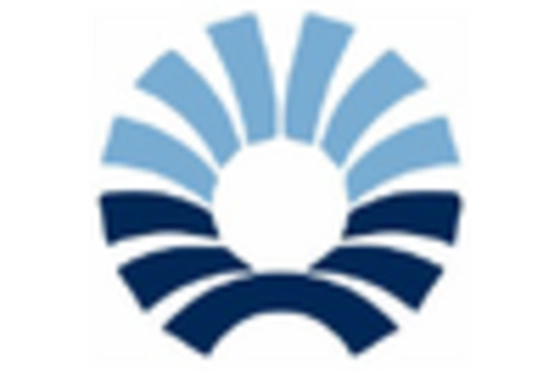
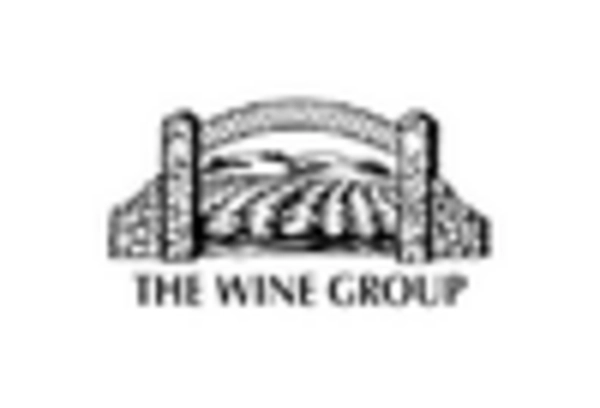
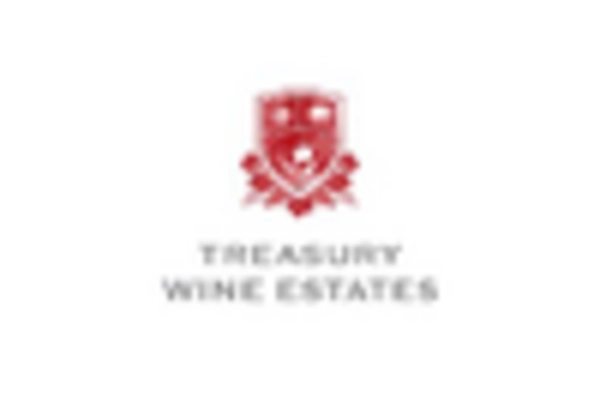









Leave a Comment